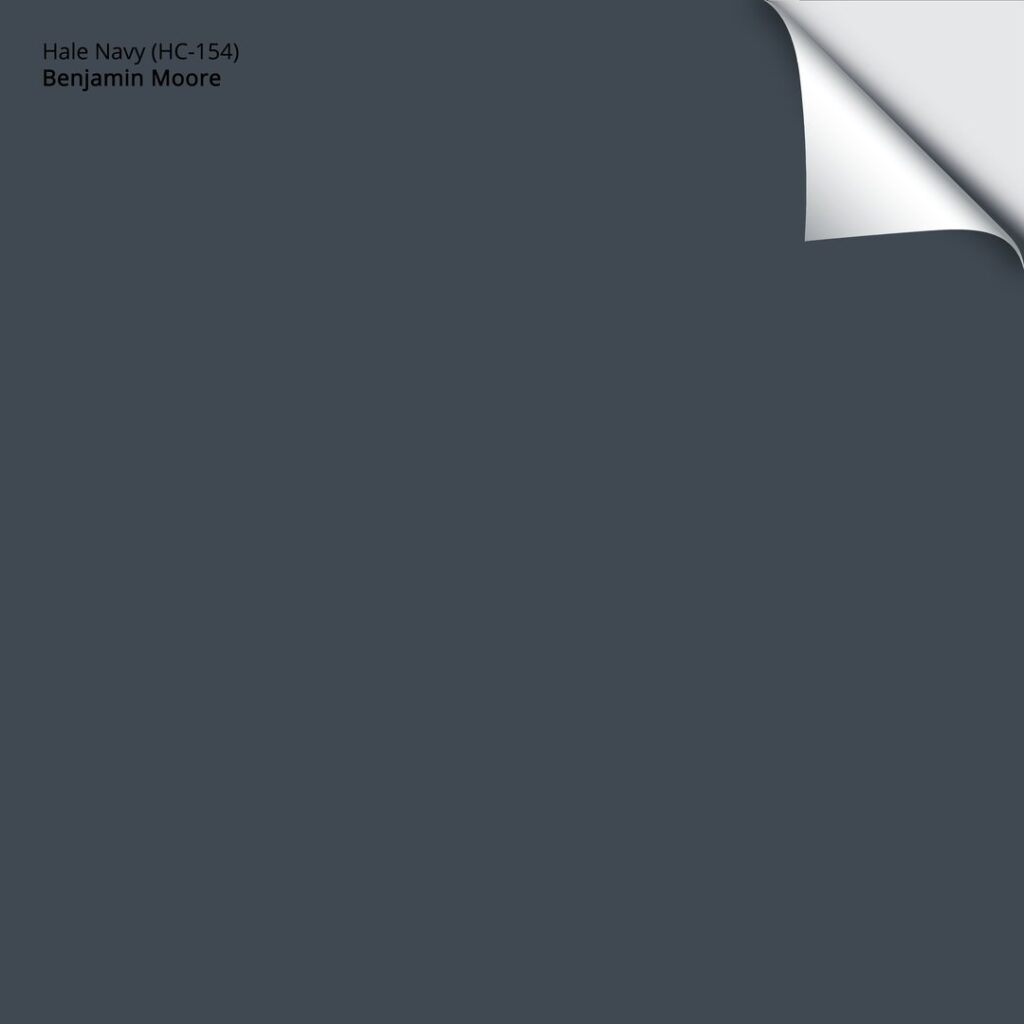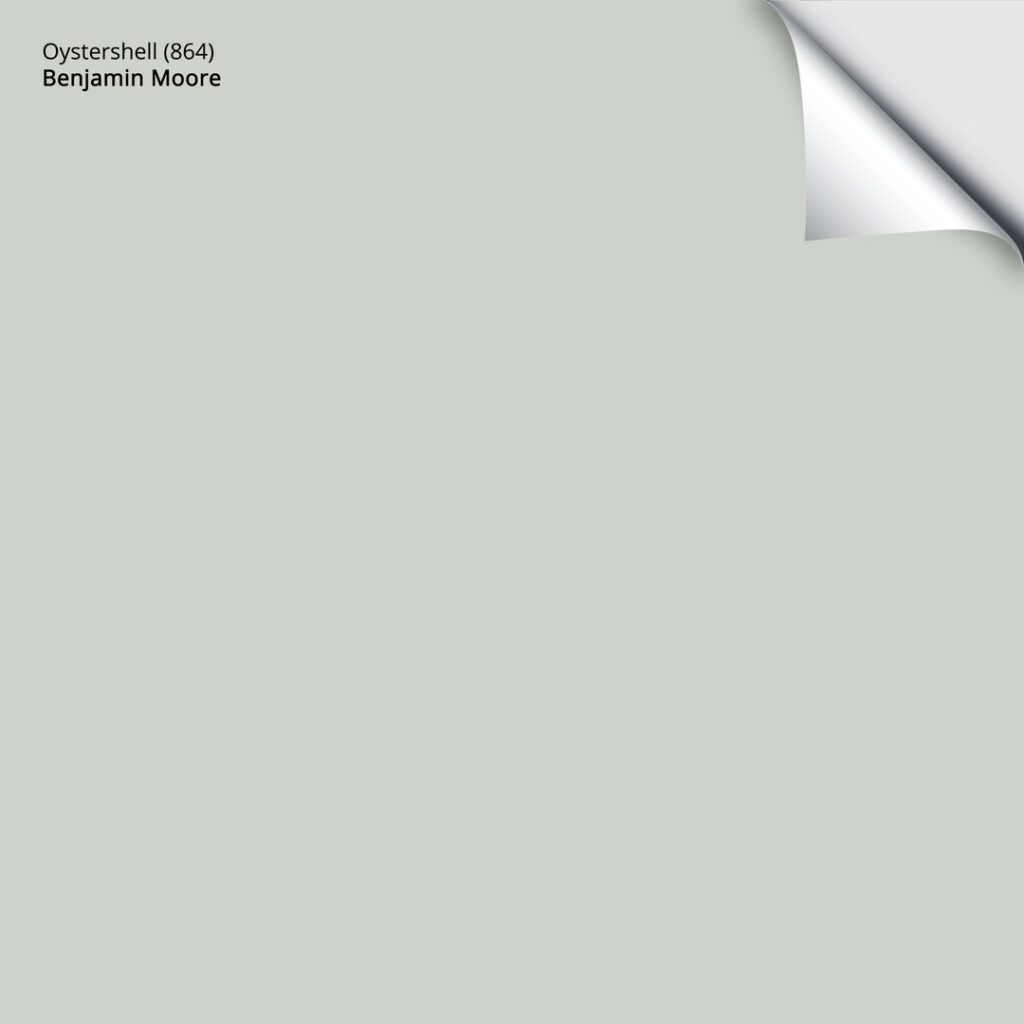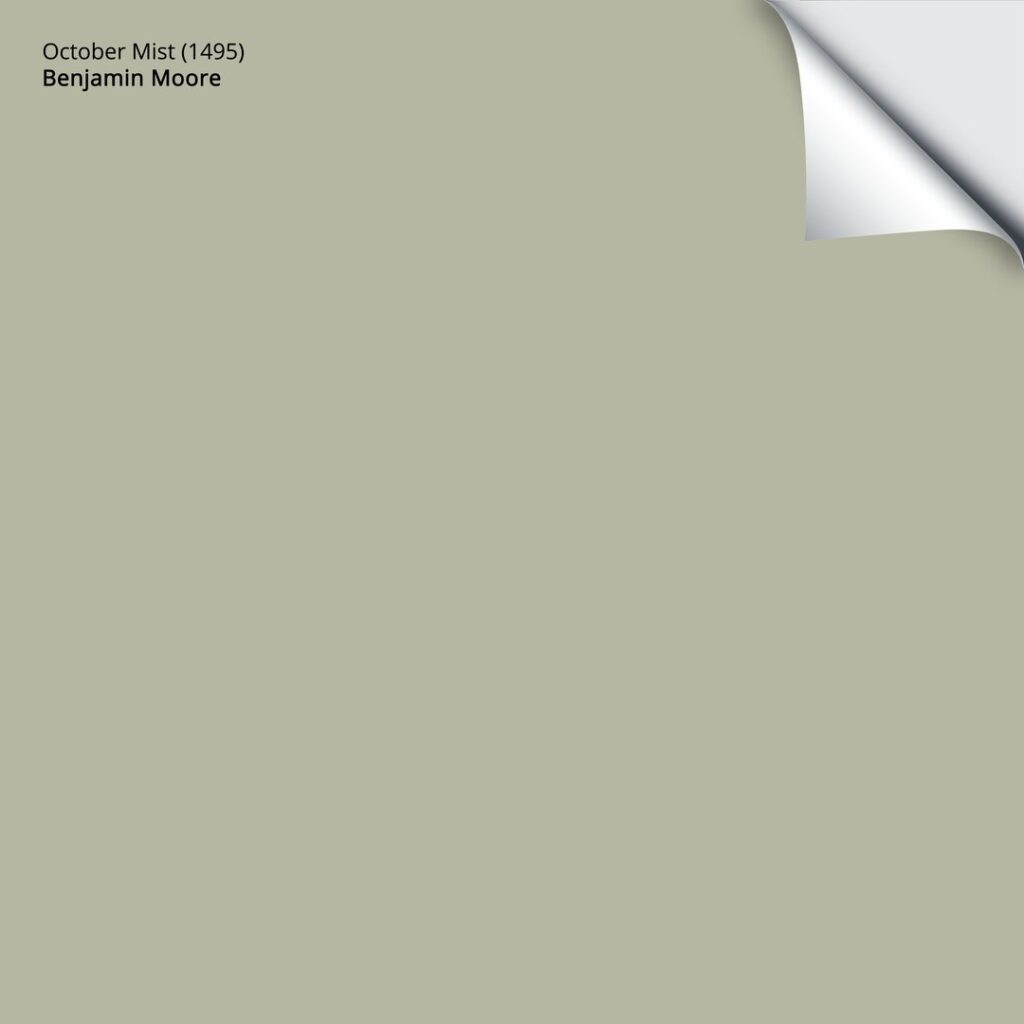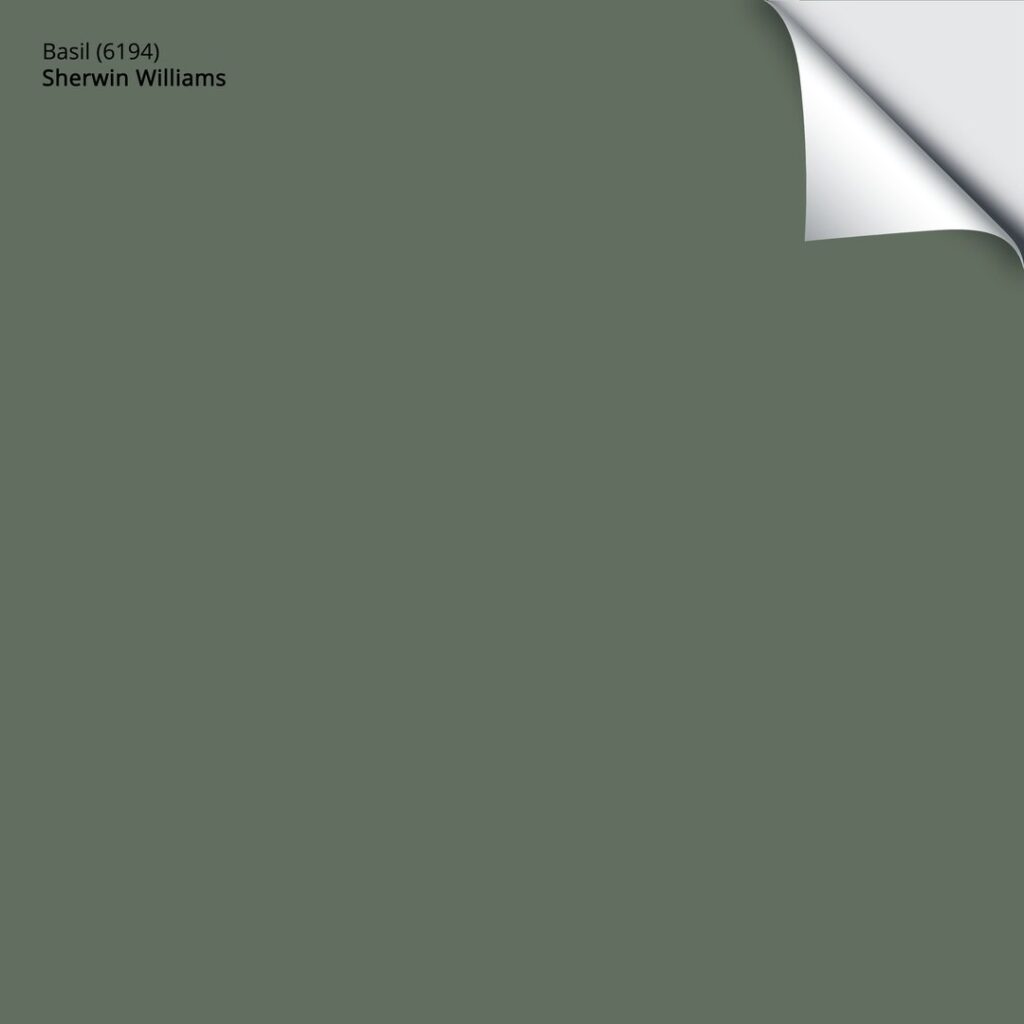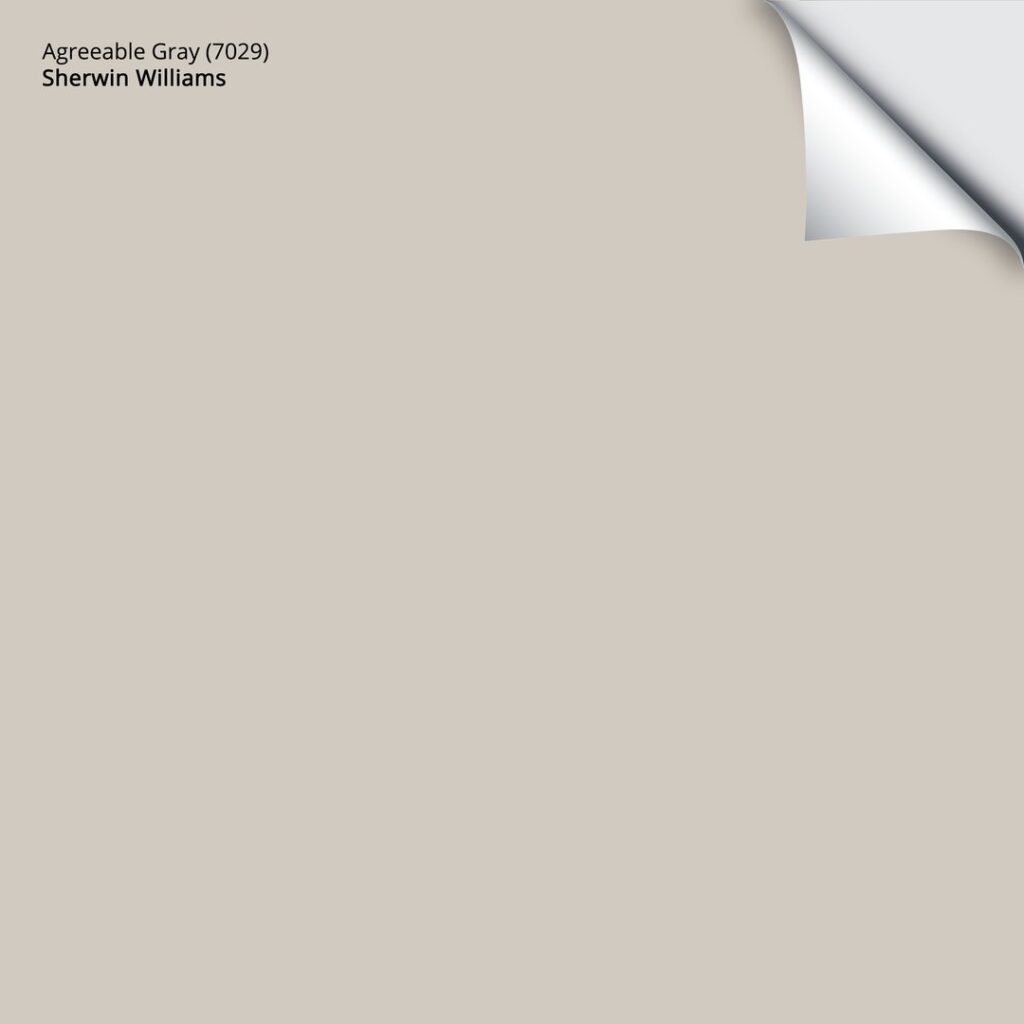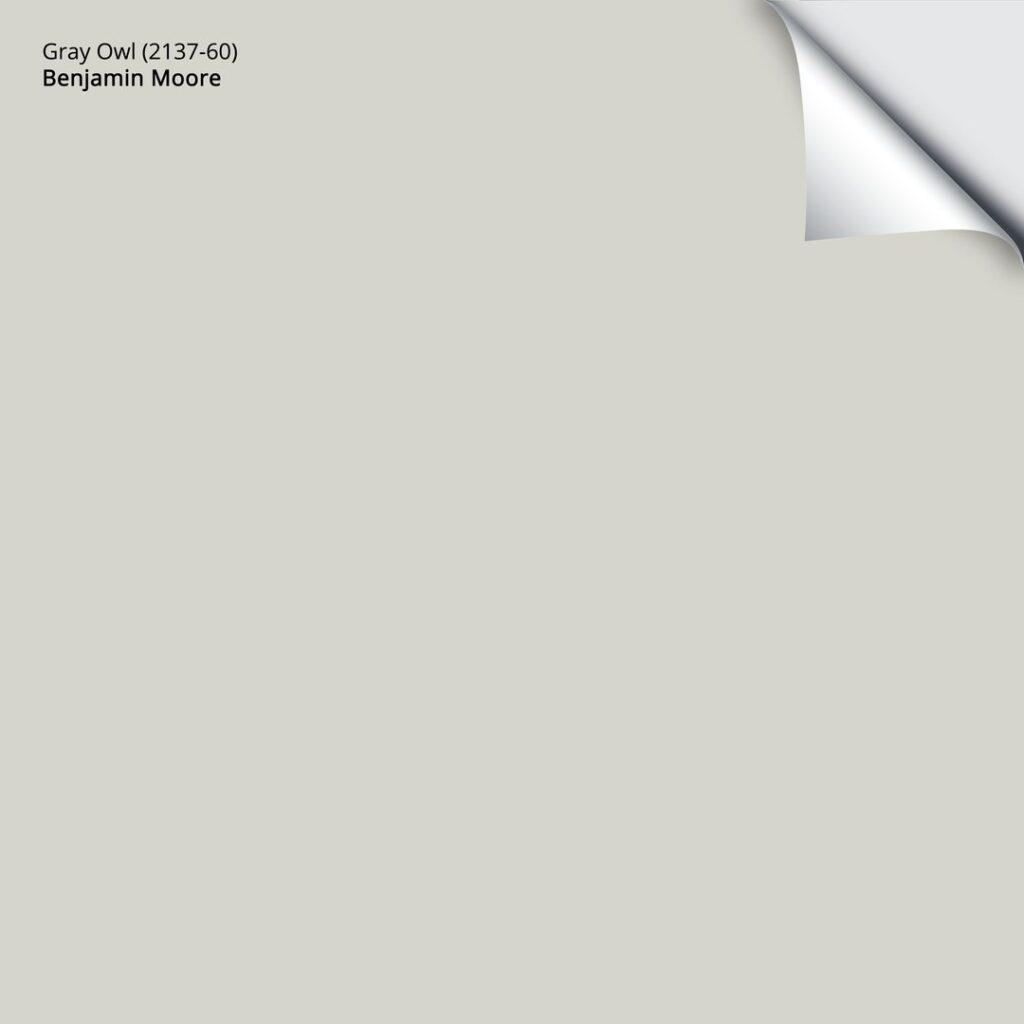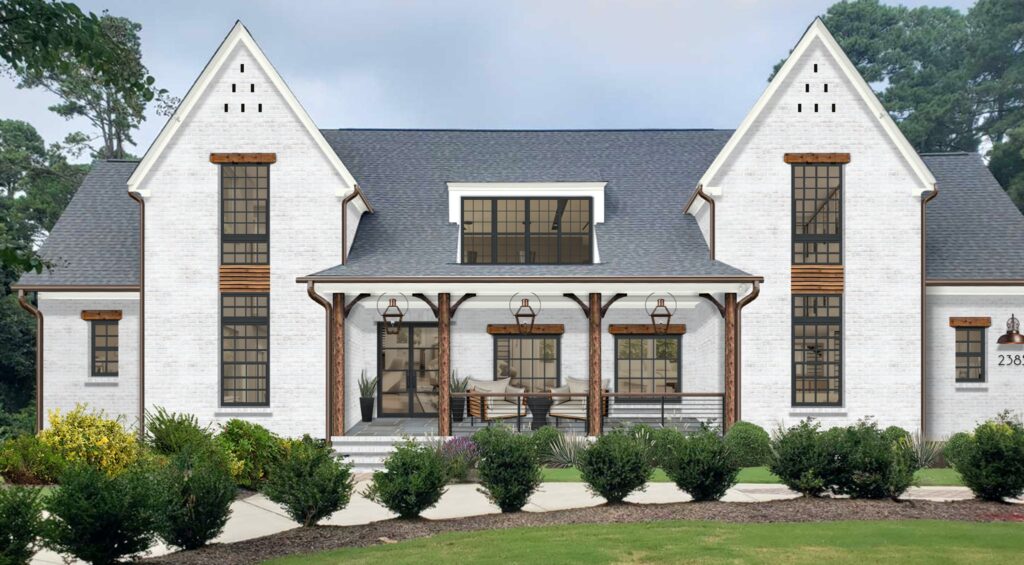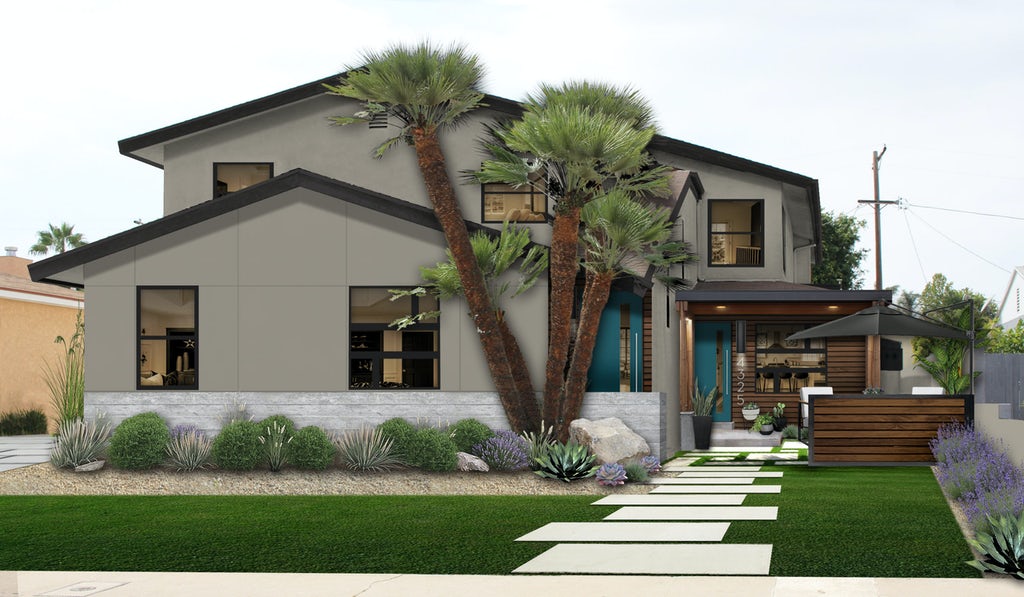popular Home Exterior trends for 2022
Houzz emerging home design trends
By Janet Eastman | The Oregonian/OregonLive
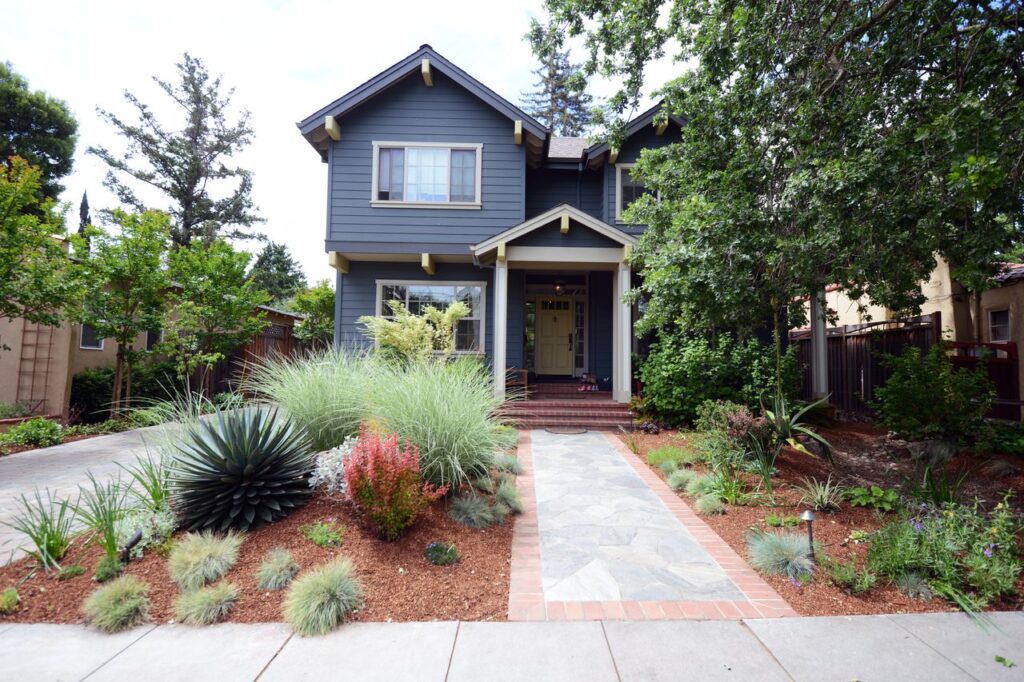
Outdoor upgrades
More people searched Houzz’s site for landscape professionals this year, compared with the first quarter of 2021. Homeowners also showed interest in environmentally conscious options like drought-tolerant landscaping and, for staycation relaxation, a deck hot tub.
With more than half of home renovations incorporating outdoor upgrades, according to the 2022 U.S. Houzz & Home Study, it’s no surprise that people continue to look for ways to enjoy their homes’ exterior space.
Improving first impressions from the street view can start with upgrading a front door. Houzz tastemakers are looking at classic wrought-iron front doors and handles.
The report also shows that green and red front doors are trending, while those in black, blue and yellow are fading in popularity.
Home Exterior Trends 2022
By Caroline On Design
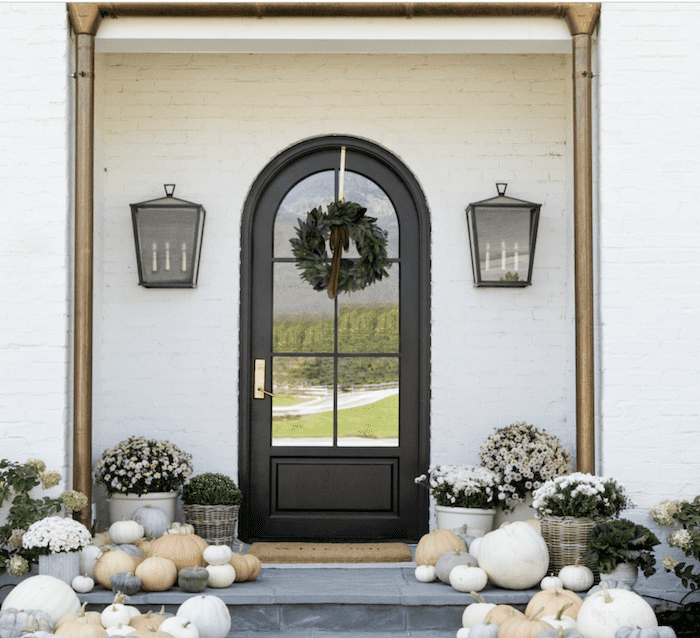
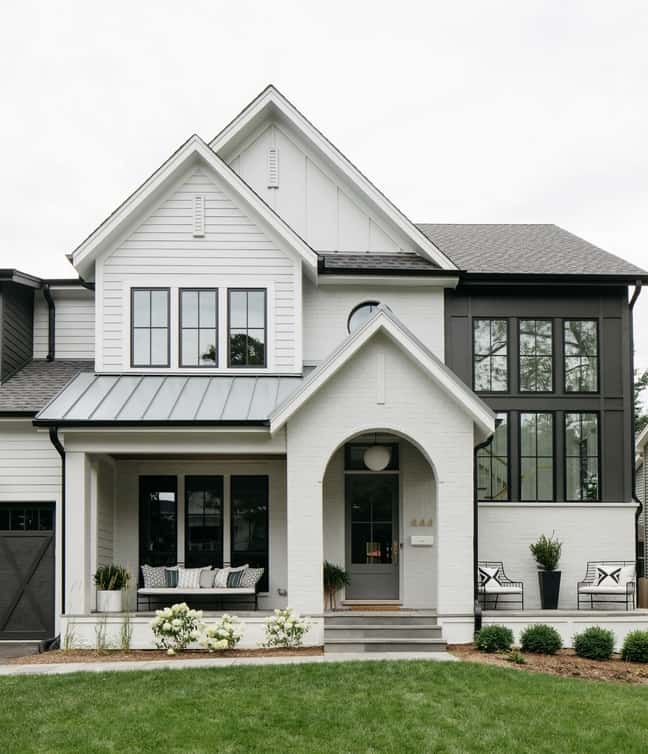
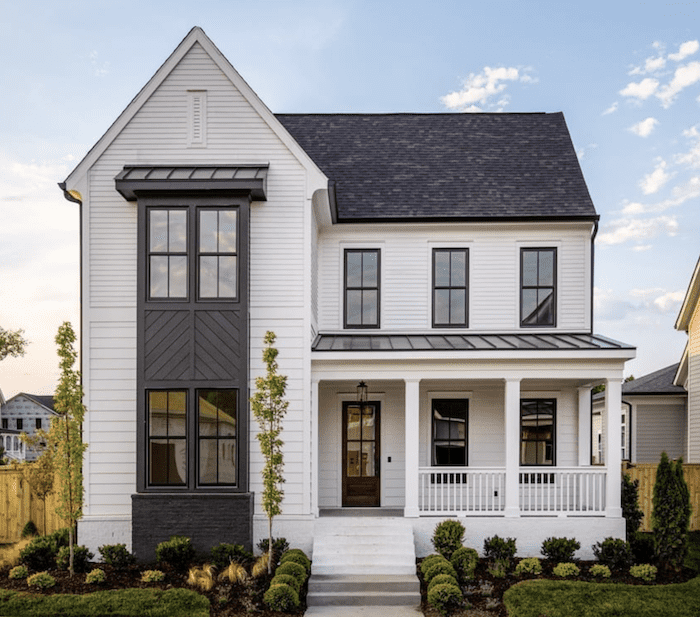
One of the biggest trends (yet always timeless) is adding natural textures to your home exterior. The most common textures are wood trim and other wood elements as well as stone or brick accents. All of these natural elements add texture and depth to your curb appeal … especially if you have an all-white or all-black home.
Other (classic) trends include metal roof accents (e.g. metal roof over the front porch), dark gutters that contrast with white home exteriors, and lots of bronze and copper elements (e.g. gutters, metal roofs, etc.).
There is one little snafu (unfortunately) with this years’ trend of natural elements and copper accents. These aren’t the cheapest exterior materials available. Stone, brick, copper, metal, and natural wood aren’t exactly budget-friendly.
However, there are ways to create this look on a lower budget. You can choose vinyl siding and faux stone for starters. I recommend that you talk to your builder about material options that will help you achieve the look you want within your budget.
Brick & Batten’s Favorite Home Exterior Trends of 2022
By SARAH with Brick & Batten
This roundup of our favorite home exterior trends for 2022 includes both massive design elements and small changes you could tackle in a weekend. We looked back on the top trends of this past year, and, from there, our expert exterior designers considered the updates we plan to recommend more frequently moving forward. Below are ten of the biggest.
A Special shoutout to #1 on the list, and one of our members with the HBA:
#1 // James Hardie’s Hardie® Textured Panels
One of James Hardie’s newest product offerings, Hardie® Textured Panels are durable and low-maintenance. Our designers can render these fiber cement panels with realistic designs, including recommendations about where and how to orient the seams so that they complement other building elements and architectural lines. The brick&batten team loves using this new material in design-driven executions.
